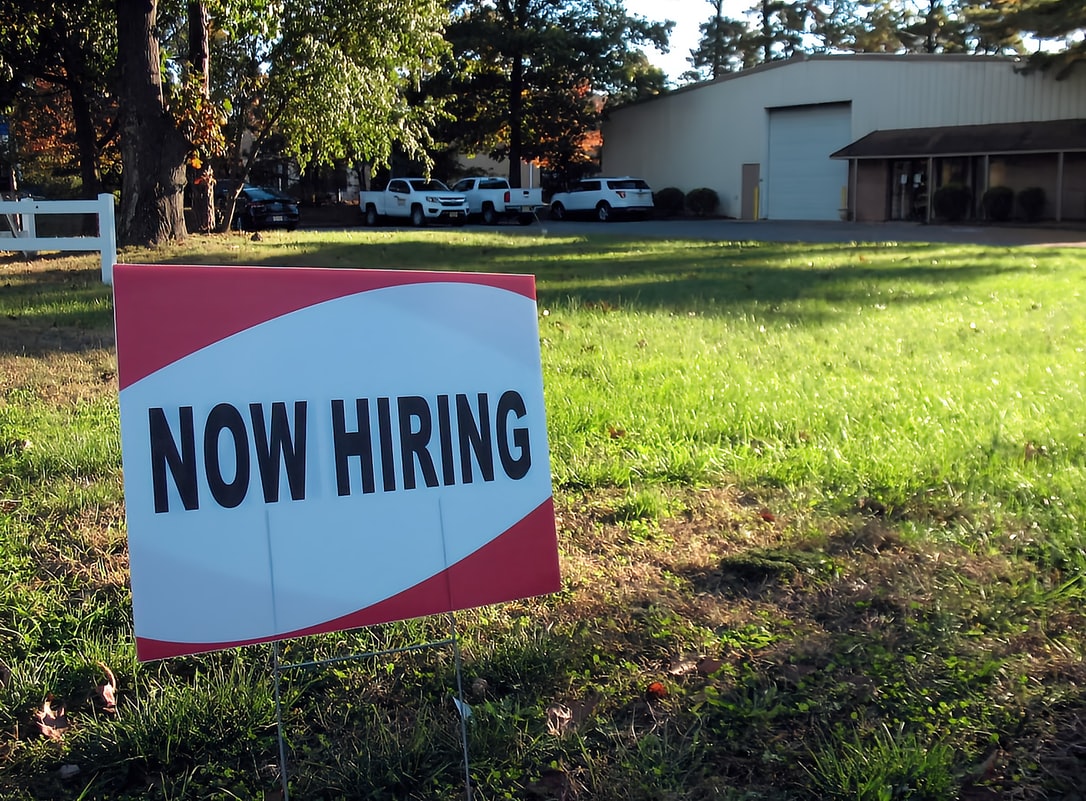
A tale of two markets
___
Published Date 7/28/2025
The American housing realm remains mired in a paradox. The month of June saw home prices soaring to an all-time high of $435,300, while sales plummeted to a nine-month low as transactions fell 2.7% from the previous month.
As NPR’s Laurel Wamsley explains, this isn't the typical story of supply and demand. It’s a tale of two markets operating in parallel, with the housing market split into distinct camps. On one side are cash-flush buyers — having reaped substantial equity from previous home sales — snapping up properties, often without financing. These buyers represented a whopping 29% of all transactions in June, wielding their financial power to outbid mortgage-dependent competitors.
"Those who have housing equity can make housing trades right now," explains NAR’s Jessica Lautz. "Many of them are doing so even with an all-cash purchase. They have the ability to interact with today's housing market, where first-time homebuyers are being shut out."
A matter of haves and have-nots? No doubt about it. Rising wages and record stock market gains have created a wealthy buyer pool that remains largely insulated from affordability concerns. These buyers are driving activity in the luxury segment, where homes above $1 million saw sales jump 14% year-over-year. An estimated 8.5% of U.S. homes now carry million-dollar price tags, according to Redfin analysis.
For the rest of us, the market presents an increasingly insurmountable barrier. Median home prices have climbed 48% over just five years, while mortgage rates have remained high, combining to create monthly payments that stretch beyond reach for many potential buyers.
First-time buyers, usually the housing market growth engine, managed just 30% of transactions despite representing the largest pool of potential purchasers. “Each percentage point increase in mortgage rates can add hundreds of dollars to monthly payments, pricing out entire segments of the market,” says Wamsley.
She goes on to point out just how unforgiving the math becomes. “A family that could afford a home at 3% interest rates suddenly finds themselves unable to qualify when rates double. This has created what economists call the ‘lock-in effect’—existing homeowners with low-rate mortgages refuse to sell and take on higher rates, further constraining supply.”
While national headlines focus on prices, local markets paint a slightly different picture. Redfin data tells us prices are declining in 30 of 50 metro areas, with Washington D.C., Austin, and San Diego experiencing the steepest drops, with federal job cuts particularly impacting the D.C. market. Still, broader affordability concerns play an equally significant role. "We're seeing signs of price sensitivity as higher interest rates force buyers to reevaluate what's affordable," says Redfin’s Marshall Park.
What does this tell us? Perhaps it suggests that even cash-heavy markets have limits. When prices rise beyond local economic fundamentals, corrections are sure to follow. But wait. There’s more.
In a bizarre twist, new homes now cost less than existing ones. “The median new home sold for $401,800 in June—nearly $40,000 below the existing home median,” says Wamsley. “This reversal of historical norms reflects builders' strategic adaptations to market conditions.”
Affordability concerns have homebuilders constructing smaller starter homes and offering price incentives. Wamsley reports that a remarkable 38% of builders reported cutting prices in July, the highest percentage since tracking began in 2022. “This flexibility gives new construction a competitive edge over existing home sellers who may be less willing to negotiate.”
A double-edged sword, however, has those same high interest rates constraining buyers increasing construction costs. “Single-family housing starts hit an 11-month low in June, while building permits dropped to their lowest level in over two years. This supply constraint threatens to push prices higher in coming months,” says Wamsley.
The Feds? They face a delicate balancing act. While we can hope for rate cuts to improve affordability, lower rates could paradoxically worsen the housing crisis. “Reduced borrowing costs would likely unleash pent-up demand from sidelined buyers, pushing prices even higher,” says Wamsley. Sounding like the Billy Joel song title, “And so it Goes”, lowering interest rates can create a policy trap where the traditional tools for improving housing affordability may actually make the problem worse in the short term.
This tale of two markets shows no signs of resolving quickly. “Wealthy buyers will likely continue dominating transactions while middle-income families remain largely excluded,” says Wamsley. “Without significant increases in housing supply or substantial changes in financing mechanisms, this two-tiered market structure may persist.”
NPR, TBWS
All information furnished has been forwarded to you and is provided by thetbwsgroup only for informational purposes. Forecasting shall be considered as events which may be expected but not guaranteed. Neither the forwarding party and/or company nor thetbwsgroup assume any responsibility to any person who relies on information or forecasting contained in this report and disclaims all liability in respect to decisions or actions, or lack thereof based on any or all of the contents of this report.
American Home Lending USA, LLC - NMLS ID: 71983. To verify licensing, visit NMLS Consumer Access (www.nmlsconsumeraccess.org). Equal Housing Lender.


Jeff Beck
President
NMLS: 19488
American Home Lending USA, LLC
240 S Buchanan St, Edwardsville IL 62025
Company NMLS: 71983
Office: 618-310-0091
Cell: 618-806-2281
Email: jbeck@ahlusa1.com

Jeff Beck
___
President
NMLS: 19488
Cell: 618-806-2281
Last articles
___

A tale of two markets
7/28/2025
The American housing realm remains mired in a paradox...... view more

Four things that could impact rates this week
7/28/2025
These are the FOUR areas that have the greatest ability to impact rates this wee... view more

Two deals. One prayer
7/25/2025
If you’re buying a home while selling your current one, it may feel as if you ar... view more

June Durable Goods Orders were better than expected
7/25/2025
This morning US markets starting unchanged from yesterday. Stock indexes at...... view more

Initial Weekly Jobless Claims continue to fall
7/24/2025
Initial Weekly Jobless Claims fell to 217K versus estimates of...... view more

Smart drops and filtered cascades
7/23/2025
Few rituals get your day going like a hot shower...... view more

When belief meets business: Homebuilders cut deeper into profits
7/21/2025
“Build it and they will come”…... view more
 American Home Lending USA, LLC
American Home Lending USA, LLC